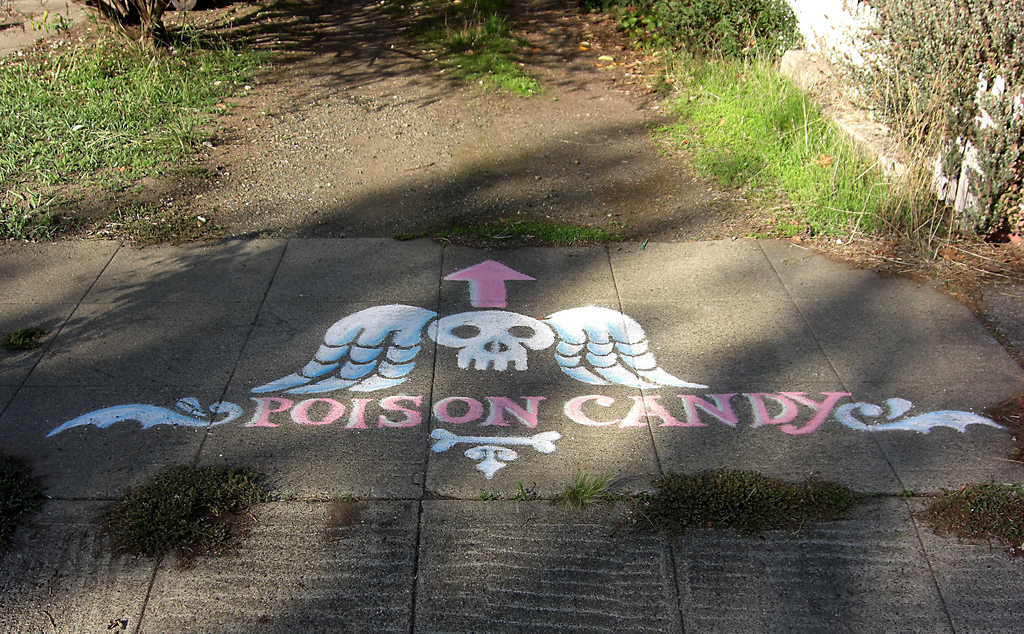I’ve been thinking about moral panics. A moral panic is “the intensity of feeling expressed in a population about an issue that appears to threaten the social order.”
There were a series of moral panics that I remember from my childhood and adolescence. In some ways the 1970s and 1980s seem like a golden age for moral panics (D&D is satanic! Rock lyrics are dirty!) but there were a set that seemed different, in part because they had more specific trigger incidents, and so seemed more concrete.
I’m thinking of:
- The Central Park jogger case, predator youth, and “wilding” (1989)
- Satanic ritual abuse, especially the McMartin preschool trial (1983)
- “Crack babies” (1980s)
- Poisoned Halloween candy (1970s and 1980s)
All of these were the subject of endless sentationalstic media coverage. All became linked to larger narratives of how terrible our society had become. All resulted in significant legal and societal changes aimed at combatting these terrible scourges (or punishing the perpetrators of the scourges). Wilding was used as justification for harsher sentencing for juvenile offenders. Ritual abuse led to background checks and fingerprinting for daycare workers. Women who used cocaine during their pregnancy had their children taken away or were prosectuted and jailed. And anyone who grew up in the 70s and 80s knows how much fear of poisoned candy was instilled in our parents, leading many of them to stay up late checking our candy (and throwing away the homemade brownies from the nice old lady down the street).
And of course all of these things basically didn’t happen. A confession and DNA evidence from another (adult) suspect led to the vacation of the convictions of the teenagers (most of whom had already seved their sentences) in the Central Park jogger case. In almost all cases of alleged daycare abuse worldwide, either charges have been dropped or convictions overturned. Babies born of mothers who did cocaine while pregnant are nowhere near as badly off as predicted. And Halloween candy? Only one case every found, and not from a stranger (the kid’s father poisoned his candy).
We’re still living with the results of these moral panics. While many (though not all) of the individuals wrongly charged have had their names cleared, the laws passed and social habits formed haven’t really gone away. In part that’s probably because lots of people don’t know these stories have been falsified (falsification is harder to sensationalize), but I suspect that even if most people did know, societal inertia makes it hard to change things that have been normalized, and now seem common sense.
These are (relatively) straightforward cases. The convicted youths did not attack the jogger. Cocaine is no more (and no less) harmful to fetuses than other drugs (and probably less than alcohol). While some sexual abuse of children has no doubt happened at a daycare center, there were no Satanic cults, and no epidemic of abuse. No one has ever died from poisoned Halloween candy from a stranger. Most moral panics are probably not falsifiable; they may be triggered by a real incident but lead to overreaction.
Also, not all moral panics are about evil criminals. The 1980s also saw a backlash against “frivolous lawsuits”, and the most talked about frivolous lawsuit of all is the famous McDonald’s coffee incident. Which also may not be how it was represented at the time.
How do you know that something’s a moral panic when it’s happening? I’m not sure. For me, it helps to think about the things that I used to know were true, that I now know aren’t.
Poison candy photo CC by Robbi Baba
